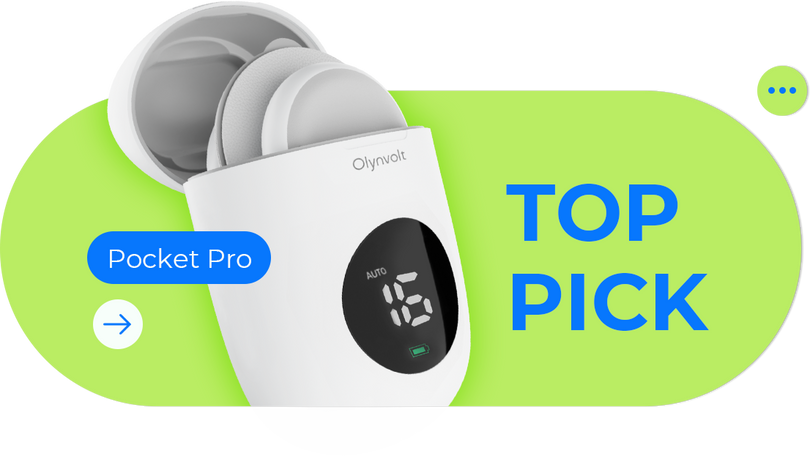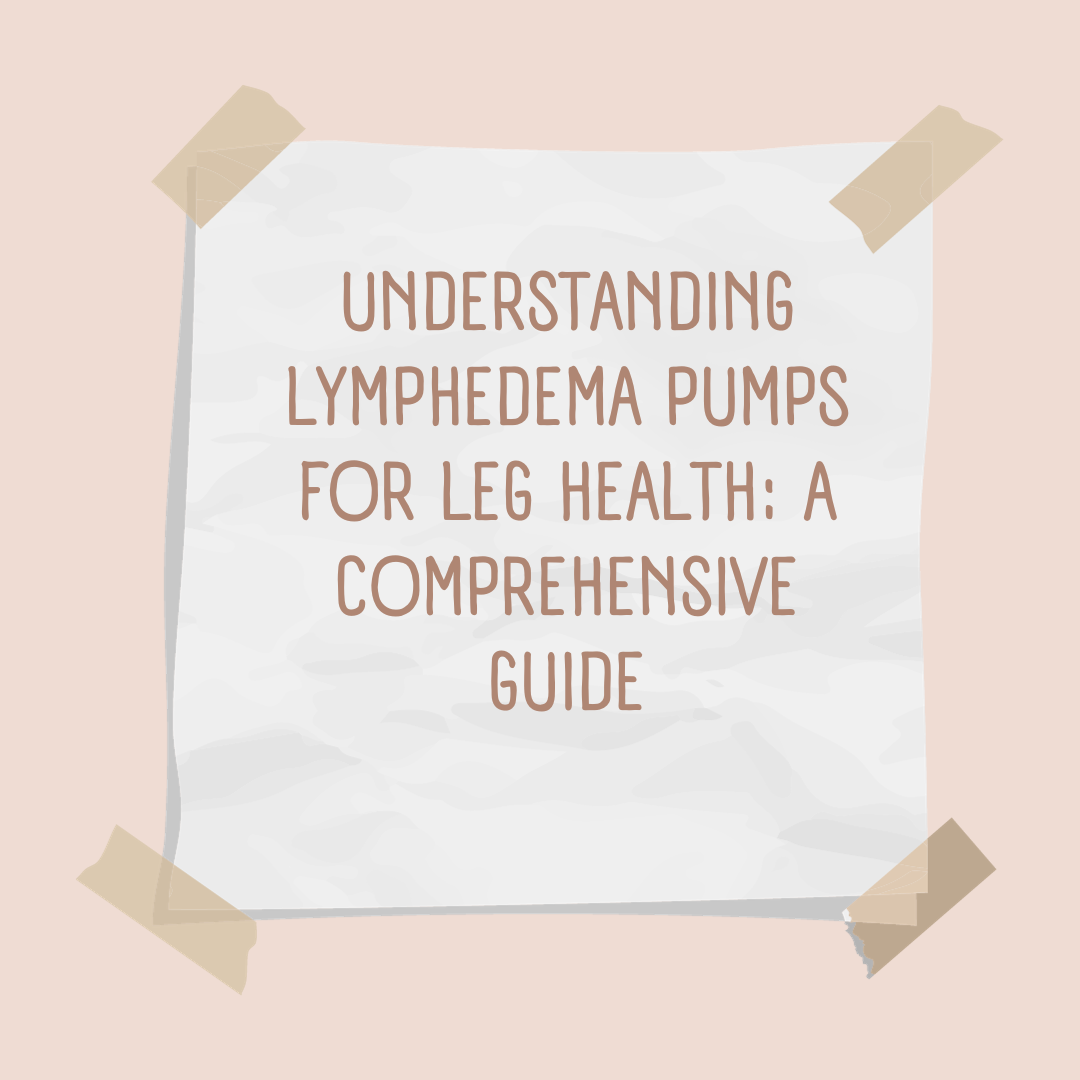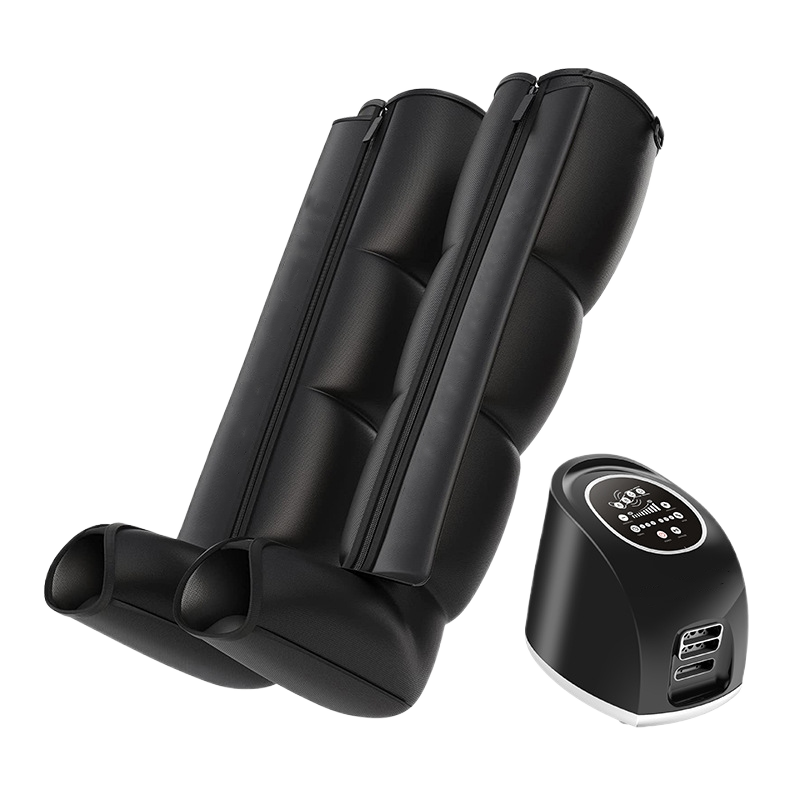Common Misconceptions About Hospital Leg Compression Machines
Hospital leg compression machines, also known as pneumatic compression devices, are valuable medical tools used to enhance recovery and manage various conditions. However, like many medical devices, there are several common misconceptions about them. In this article, we'll address some of these misconceptions and provide clarity about the role and benefits of hospital leg compression machines.
Misconception 1: Hospital Leg Compression Machines Are Only for Surgery Patients
While it's true that hospital leg compression machines are often used in post-operative recovery to prevent complications like deep vein thrombosis (DVT), their applications extend far beyond surgery. They are also employed to manage conditions such as lymphedema, chronic venous insufficiency, and edema. These devices are versatile and can be beneficial for various patients, not just those who have undergone surgery.
Misconception 2: Hospital Leg Compression Machines Are Uncomfortable
Some people assume that using hospital leg compression machines may be uncomfortable or even painful. In reality, these devices are designed with patient comfort in mind. They provide a gentle, massaging effect to the legs through inflatable cuffs. The pressure and intensity are adjustable to ensure a comfortable experience. Patients often find the rhythmic compression to be soothing and beneficial.
Misconception 3: Hospital Leg Compression Machines Are Only for Elderly Patients
Hospital leg compression machines are not exclusive to elderly patients. While older adults may use them to manage conditions related to aging, people of various age groups can benefit from these devices. For instance, athletes recovering from injuries or individuals with medical conditions that affect circulation can also find relief with hospital leg compression machines.
Misconception 4: Hospital Leg Compression Machines Are a Luxury
Some individuals mistakenly believe that hospital leg compression machines are expensive and reserved for affluent patients. While these machines are valuable, they are not necessarily cost-prohibitive. Additionally, many healthcare facilities provide access to hospital leg compression machines as part of their standard care. In some cases, they are available for rent or purchase to use at home.
Misconception 5: Hospital Leg Compression Machines Are Only for Severe Conditions
You don't need to have a severe medical condition to benefit from hospital leg compression machines. They are used for a range of conditions, from mild to severe. Even individuals who experience occasional swelling, muscle fatigue, or circulatory issues can use these devices to improve their overall well-being.
Conclusion
Hospital leg compression machines are versatile, comfortable, and accessible tools that serve various purposes in healthcare. It's essential to dispel common misconceptions about these devices to ensure that more people can discover their benefits and enjoy enhanced recovery, improved circulation, and overall comfort. If you believe you may benefit from a hospital leg compression machine, consult with a healthcare professional to explore the options available to you.





